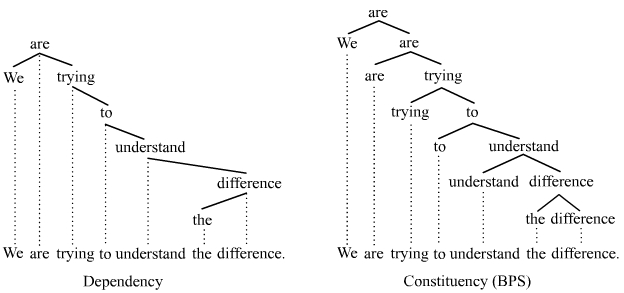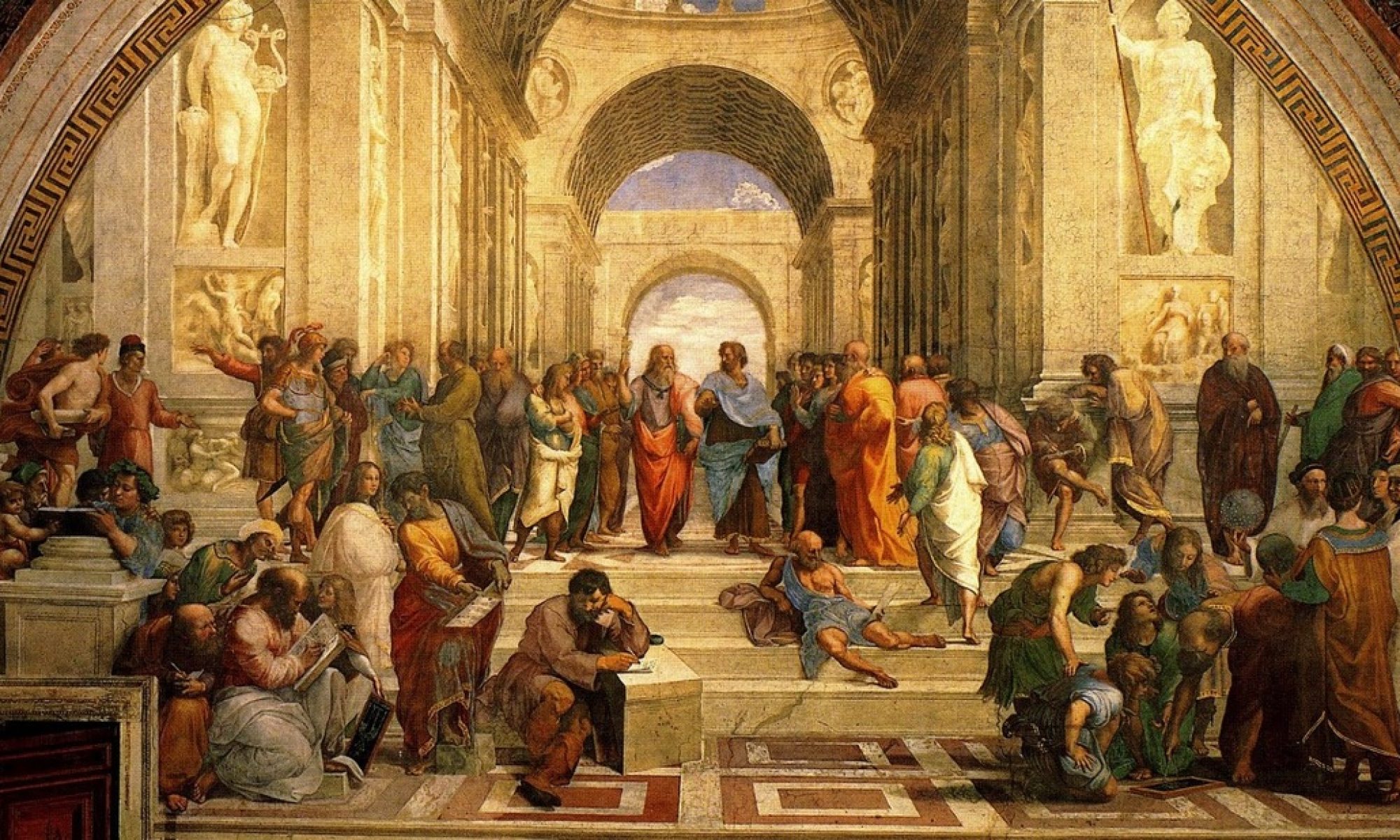Explaining Dependency Grammar

Explaining Dependency grammar. (DG) is a class of modern grammatical theories that are all based on the dependency relation (as opposed to the relation of phrase structure) and that can be traced back primarily to the work of Lucien Tesnière. Dependency is the notion that linguistic units, e.g. words, are connected to each other by directed links. The (finite) verb is taken to be the structural center of clause structure. All other syntactic units (words) are either directly or indirectly connected to the verb in terms of the directed links, which are called dependencies.
DGs are distinct from phrase structure grammars, since DGs lack phrasal nodes, although they acknowledge phrases. Structure is determined by the relation between a word (a head) and its dependents. Dependency structures are flatter than phrase structures in part because they lack a finite verb phrase constituent, and they are thus well suited for the analysis of languages with free word order, such as Czech or Warlpiri.
In the words of Lucien Tesni`ere [Tesni`ere 1959]:
The sentence is an organized whole, the constituent elements of which are words. [1.2] Every word that belongs to a sentence ceases by itself to be isolated as in the dictionary. Between the word and its neighbors, the mind perceives connections, the totality of which forms the structure of the sentence. [1.3] The structural connections establish dependency relations between the words. Each connection in principle unites a superior term and an inferior term. [2.1] The superior term receives the name governor. The inferior
term receives the name subordinate. Thus, in the sentence Alfred parle [. . . ], parle is the governor and Alfred the subordinate.
There is a great article written by Ralph Debusmann that gives a great introduction to Dependency Grammar. You can also check my Youtube channel for more videos on ESL teaching tips.
